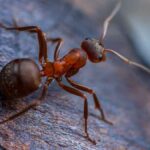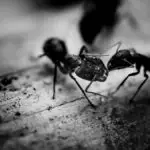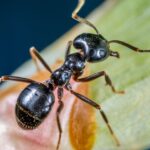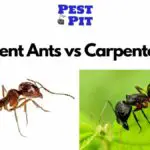Do you have a problem with ants getting into your cat food?
If so, you’re not alone.
Ants are very persistent and can find their way into even the most well-protected food sources.
This guide will discuss keeping ants out of your cat food using various methods. We will also provide some helpful tips on preventing ants from invading your home in the first place!
So, if you are wondering how to keep ants out of cat food, then read on!
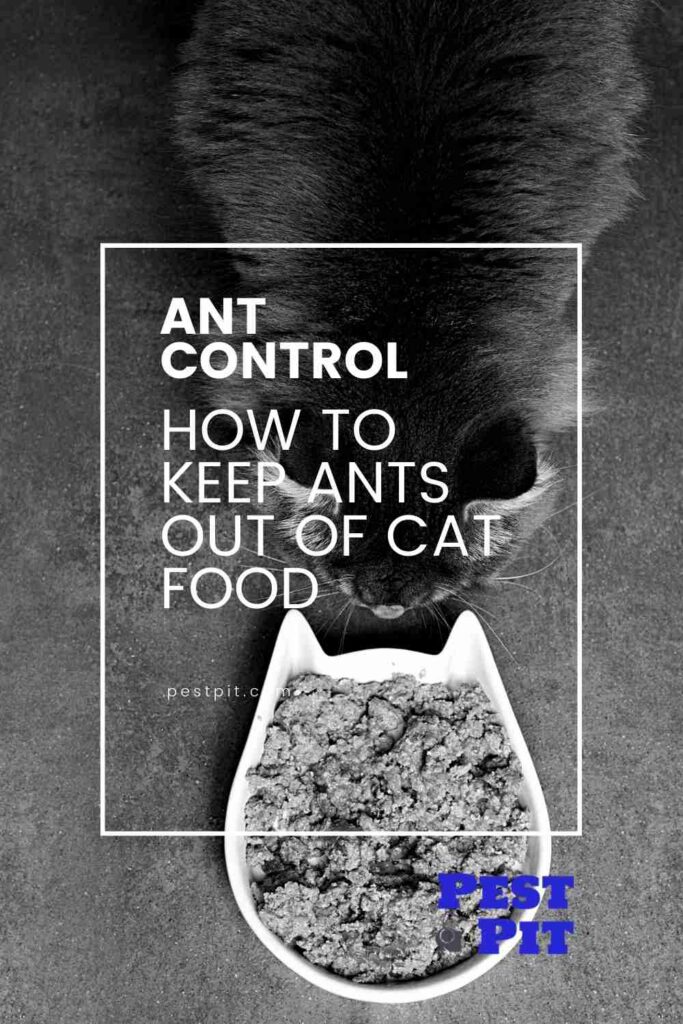
How to Keep Ants Out of Cat Food
Before we begin, if you plan on using insecticide or poison bait, please ensure it is safe to use for your cat and anyone else who may come into contact with it.
What attracts ants to the cat food?
Ants are naturally drawn to cat food because of the high sugar content.
The sugar in the cat food is like a beacon for ants, who will travel far and wide to get their hands on it (or mandibles, rather).
Another reason ants are attracted to cat food is because it is often left out in the open.
This provides easy access for ants and makes it difficult for you to keep them out.
So, how can you keep ants out of your cat’s food? Read on.
1. Place the cat food in a sealed container
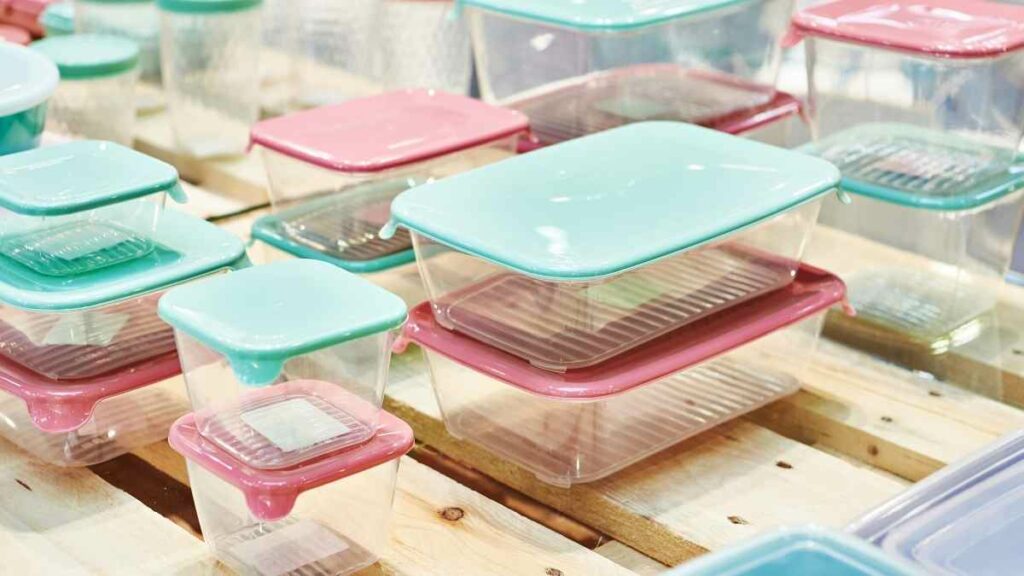
One way to keep ants out of cat food is to place the food in a sealed container. This will help prevent the ants from getting into the food and help keep the food fresh.
There are a variety of containers that you can use to store cat food, so be sure to choose one that will be airtight and fit the amount of food you need to store.
This tip should also be used when storing any food in your home. If you allow easy access to food, you will get ants and other pests eating it!
2. Store the cat food in a location that is inaccessible to ants
One way to keep ants out of your cat food is to store it in an inaccessible area. This could mean placing the food in a high cabinet or on a shelf out of reach.
It is going to be very tricky! Finding a place that is not accessible to ants but where your cat can reach the cat food bowl is challenging. But, given that ants can climb, it might well be impossible.
The best you can hope for is where ants do not find it, but your cat can still get to it.
3. Clean up any spilled cat food immediately
If you spill cat food, it’s essential to clean it up immediately. Ants are attracted to the food, and if they get a taste of it, they’ll be back for more.
By cleaning up any spills immediately, you can prevent ants from getting into your cat’s food.
4. Replace the cat food every few days to prevent spoilage
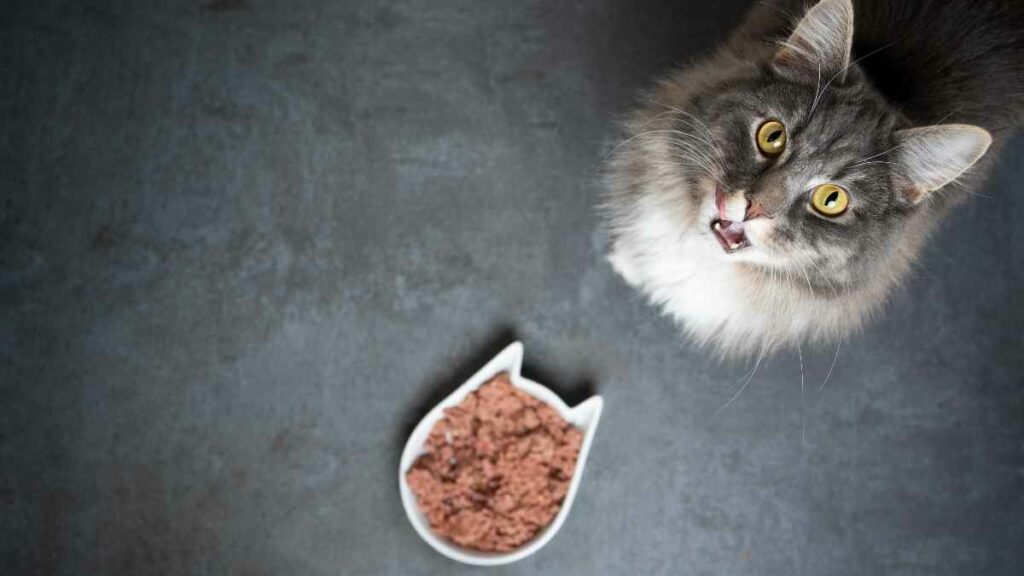
It is essential to replace cat food (any leftover food)every few days to avoid spoilage. This will ensure that the food does not attract ants or other pests.
If you notice that ants are still getting into the food, you may need to change the location of the food dish. You can also try using a different type of food dish.
5. You can also try using lemon juice or other household items to create a barrier between the food and ants
Lemon juice is a great way to keep ants out of your cat food. Pour a little lemon juice around the edge of the food dish, and the ants will stay away.
You can also use essential oils like lemon or lavender to keep ants at bay. Add a few drops to a cotton ball and place it near the food dish. You’ll need to replace the oil every few days, but it’s a natural and effective way to keep ants out of your cat’s food.
If you’re dealing with a particularly persistent ant problem, you may need to use a stronger solution. For example, you can make a homemade insecticide by mixing equal parts vinegar and water.
Spray the mixture around the room’s perimeter or wherever you see ants entering. This will create a barrier that ants do not like to cross. Be sure to reapply the spray every few days to keep the ants at bay.
You can easily keep ants out of your cat’s food with a bit of effort. Using some simple household ingredients, you can create a barrier that will keep these pesky pests away.
6. Use ant traps or ant killer to get rid of any ants in or near your cat food bowl (as long as it is safe to use)
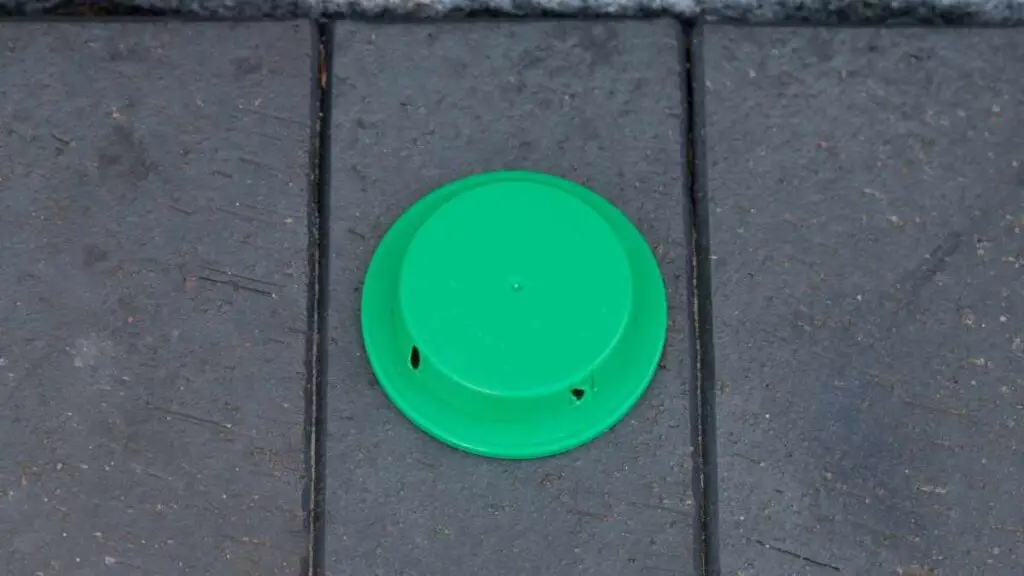
If you’re having a problem with ants getting into your cat food, one way to solve the issue is to set out ant traps. There are a few different types of traps that you can use, but the most common type is the sticky trap.
These traps are covered in a sticky adhesive that will trap the ants when they walk across them. Another type of trap is the baited trap, which uses a food lure to attract the ants and eventually kills them.
Whichever type of trap you choose, place it near where you’ve seen the ants congregating. You may need to set out a few traps to catch all the ants.
Once the traps have done their job, you should see a decrease in the number of ants around your cat’s food bowl.
If you’re looking for a more long-term solution, you can also try using an ant killer. There are many different types of ant killers on the market, so be sure to read the labels carefully to find one safe to use around pets.
Once you’ve found an ant killer that you’re comfortable with, apply it around your cat’s food bowl perimeter.
The ants will then carry the poison back to their nest, eventually killing the entire colony.
Conclusion
Ants are a common pest that can be found in many households. If you’re having trouble with ants invading your cat food, there are a few things you can do to help keep them out.
We’ve provided some tips and strategies on this page to help you get started.
One final note, which I have already mentioned. If you choose any poison to get rid of ants, please ensure it is safe to use around cats and your pet’s food bowl before using it! Always follow the guidelines provided with the product.
Good luck and happy ant-free feeding!

